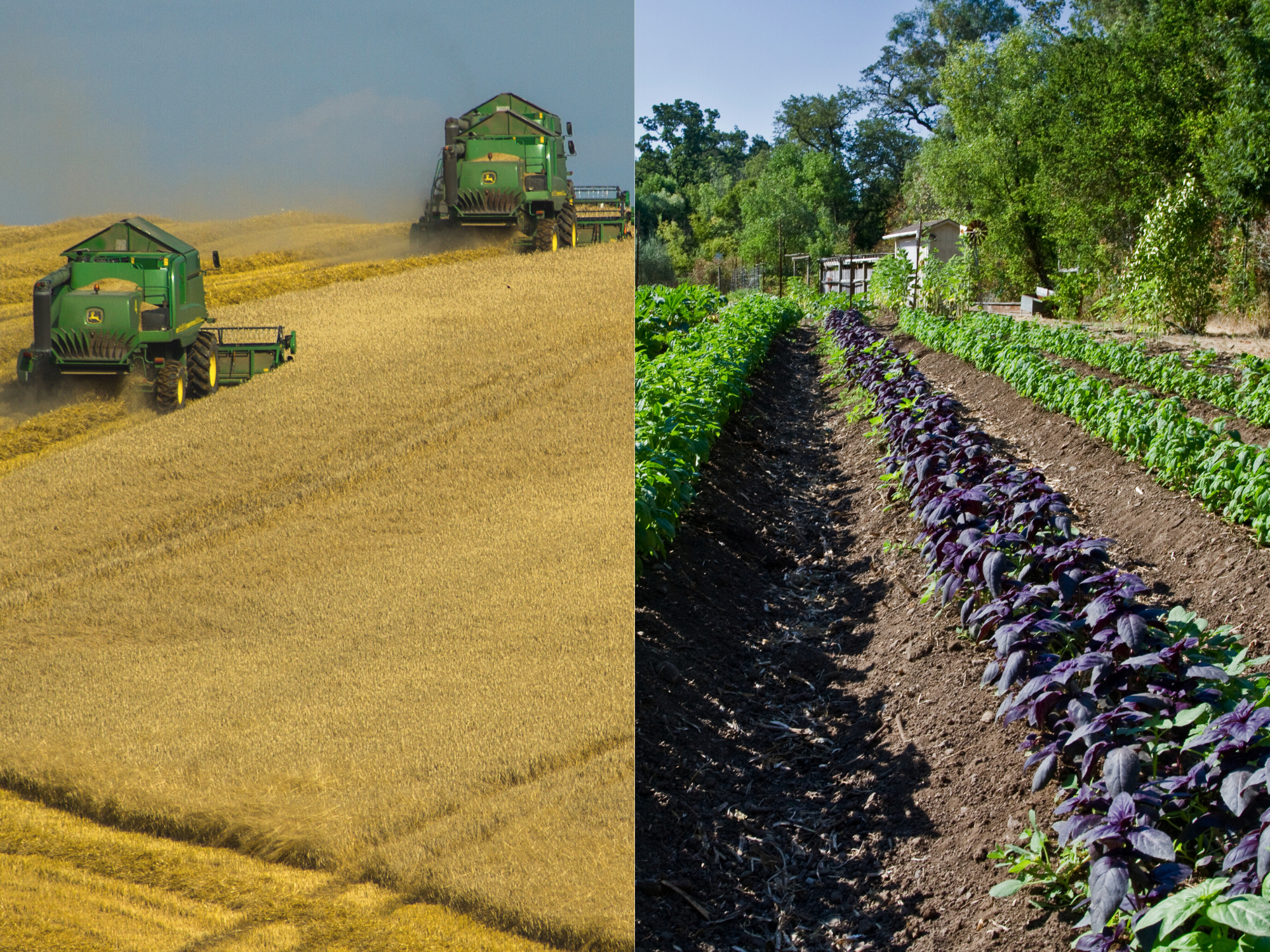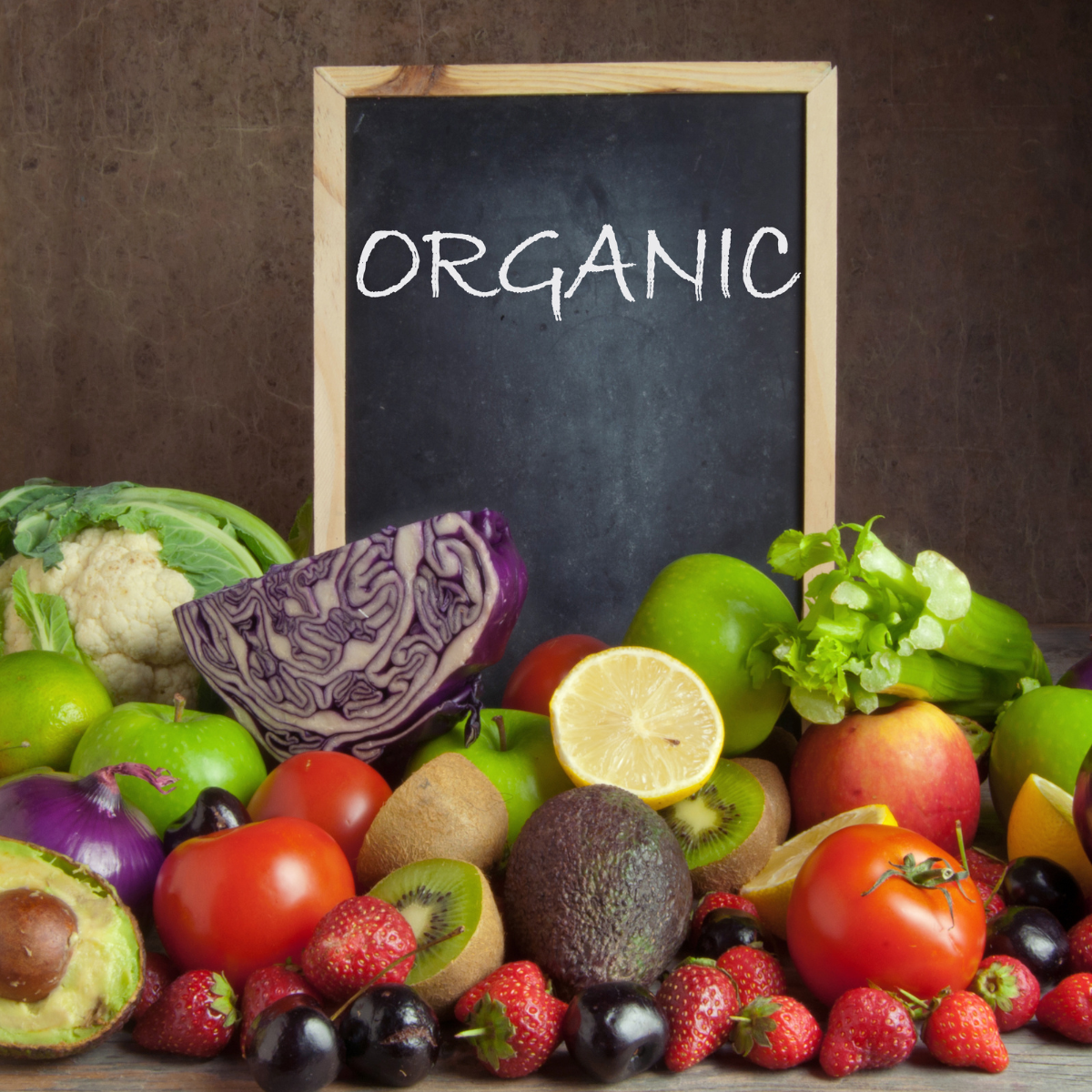Support Regenerative Agriculture
Since 1850, industrial agriculture has created a legacy of water pollution, animal abuse, degraded land, and wildlife habitat destruction. It has been responsible for over a third of all carbon dioxide emissions generated by humans [1]. Over the past 100 years, more than 90 per cent of crop varieties have disappeared and today, just nine plant species account for 66 per cent of total crop production – contributing to health risks like diabetes and obesity. [2] However, human food systems depend on biodiversity to function, and conventional food systems reduce biodiversity – effectively destroying their own foundation.
We must switch to regenerative agriculture, which is modeled on nature, sequesters carbon, heals land, and honors life. [1] Regenerative agriculture has ancient origins and is the foundation of Indigenous and traditional food systems worldwide. [1]Regenerative agriculture focuses on restoring and maintaining biologically healthy soil. It takes its cues from nature, which has a long record of successfully growing things. By re-carbonizing soils via photosynthesis and biology, regenerative agriculture produces healthy food, protects watersheds, strengthens ecological and cultural diversity, and expands economic resilience. It is a low-cost “shovel-ready,” solution to climate change that can restore degraded land and feed the world.
importance of regenerative agriculture
Regenerative agriculture is both a sustainable way to produce healthy food and repair environmental damage. Practices include agroforestry, no-till, silvopasture, rotational grazing, cover crops, and crop diversification.
climate change contributions
In industrial agriculture, the vast majority of farmers grow only a few crops each year in monocultures using synthetic chemicals, including herbicides and insecticides that kill biology in the soil. Topsoil becomes unstable with repeated plowing. A major consequence is soil erosion, resulting in a significant loss of stored carbon. [2]
The conversion of intact land to monocrop agriculture is usually accompanied by deforestation, land clearing, and overgrazing by livestock. The resulting degraded land can damage ecosystem services, which are the essential services that nature provides, such as nutritious food, clean water, pollination of crops, pollution removal, carbon sequestration, and recreational, cultural, and spiritual benefits. See Grasslands Nexus, Tropical Forests Nexus, and Degraded Land Restoration Nexus for more details. [2]
what you can do to support regenerative agriculture
Consume Responsibly. Buy food and other items produced by local regenerative agriculture. Farmers and ranchers have implemented campaigns that promote their products and practices. Purchasing these products supports the agricultural enterprise and encourages others to adopt similar practices.
Regeneration created this list of companies and organizations involved with the Regenerative Organic Alliance, a certification organization for food, textile, and personal care ingredients based on soil health, animal welfare, and social fairness metrics. Here is an article about the first regenerative dairy farm in the U.S. Here are more articles featuring certified regenerative agricultural enterprises.
Speak Up. Share the importance of growing and consuming responsibly with you community by writing an op-ed to a newspaper or social media site advocating for regenerative agriculture. Consider writing longer pieces for online sites such as Medium, like this one.
Encourage elected local, regional, state, and federal leadership to pass healthy soil initiatives and other legislation that supports regenerative agriculture. Incentivizing soil health and carbon sequestration through regenerative agricultural practices.
References:
Regeneration, Regenerative Agriculture, www.regeneration.org/nexus/regenerative-agricultureUnited Nations, Biodiversity - our strongest natural defense against climate change, www.un.org/en/climatechange/science/climate-issues/biodiversity




